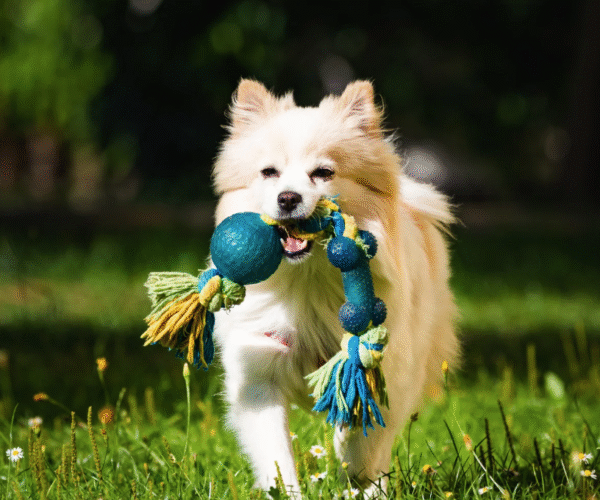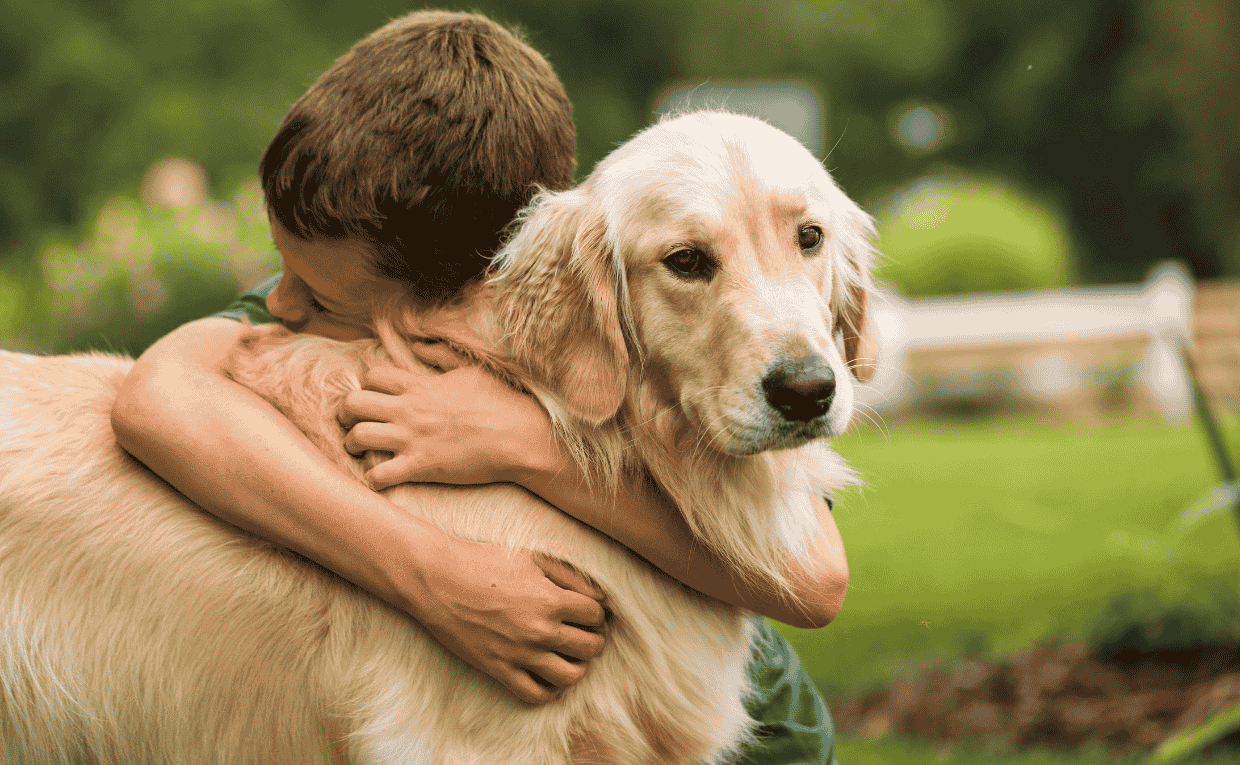Summer means sunshine, longer days, and more opportunities to get outdoors with your pets. But while warm weather can be enjoyable for us, it can pose serious risks for our furry companions. Dogs and cats are more vulnerable to heat than humans, and overheating can quickly lead to dehydration, heatstroke, or worse. At All Furry Tales, we believe every pet parent should be equipped with knowledge and tools to keep their pets safe during the hottest months of the year. That’s why we’ve created this practical Summer Heat Safety Checklist to help you protect your pets and ensure they enjoy the season safely.
1. Provide Constant Access to Fresh, Cool Water
Hydration is the foundation of summer pet care. Always make sure your pets have access to fresh water, whether indoors or outdoors.
- Keep multiple water bowls around the house.
- For outdoor time, carry a collapsible water bowl or bottle designed for pets.
- Add ice cubes to the water on extra hot days to keep it cool.
Dehydration can sneak up quickly, especially in active dogs. Signs include dry gums, lethargy, and sunken eyes. Staying proactive prevents these risks.

2. Never Leave Pets in a Parked Car
Even with the windows cracked, the inside of a car can become dangerously hot within minutes. On a 30°C (86°F) day, the temperature inside a car can reach over 45°C (113°F) in just ten minutes.
Pets left inside can suffer irreversible organ damage or even death from heatstroke. If you need to run errands, leave your pets safely at home. This rule applies year-round but is especially critical in summer.
3. Protect Paws from Hot Surfaces
Asphalt, concrete, and even sand can heat up significantly under the summer sun, burning your pet’s paw pads. A quick test is the five-second rule: place the back of your hand on the ground; if you can’t hold it there for five seconds, it’s too hot for your pet.
- Walk pets early in the morning or later in the evening when surfaces are cooler.
- Stick to grassy or shaded areas.
- Consider protective booties for dogs if you need to walk during peak hours.
4. Watch for Signs of Heatstroke
Heatstroke is a life-threatening emergency. Knowing the warning signs can save your pet’s life.
Symptoms include:
- Excessive panting or drooling
- Red or pale gums
- Rapid heartbeat
- Vomiting or diarrhea
- Lethargy, dizziness, or collapse
If you suspect heatstroke:
-
Move your pet to a cool, shaded area immediately.
-
Offer small amounts of water.
-
Wet their fur with cool (not ice-cold) water.
-
Seek veterinary care right away.

5. Create Cool Spaces Indoors and Outdoors
Pets need shady, comfortable spots to escape the heat.
- Indoors: Use fans or air conditioning. Cooling mats are a great investment for both cats and dogs.
- Outdoors: Set up shaded areas using umbrellas, tarps, or trees.
- Never rely solely on a doghouse, as it can trap heat like an oven.
Cats, in particular, love finding cool spots, so ensure there are safe, ventilated areas for them to retreat to.
6. Adjust Exercise Routines
Exercise is vital, but it needs to be modified in hot weather.
- Schedule walks and playtime in the early morning or after sunset.
- Keep sessions short and always bring water.
- For high-energy breeds, provide indoor enrichment like puzzle feeders or hide-and-seek games during peak heat hours.
Remember, pets don’t sweat like humans—they cool down primarily by panting, which is less effective in high heat.
7. Grooming and Coat Care
Proper grooming helps pets stay comfortable in summer, but avoid shaving their coats completely unless advised by your vet. A pet’s coat provides insulation, protecting them from both heat and sunburn.
- Regular brushing removes loose fur and prevents mats that trap heat.
- For double-coated breeds, de-shedding tools can help manage seasonal shedding.
- Cats benefit from grooming too, as it reduces excess fur and hairballs during hot months.

8. Protect Against Sunburn and Insects
Just like humans, pets can get sunburned, especially those with light-colored or thin coats. Apply pet-safe sunscreen to exposed areas like noses, ears, and bellies if your pet will be outside.
Summer also brings an increase in fleas, ticks, and mosquitoes. These pests can transmit dangerous diseases, so make sure your pets are up to date on preventative treatments recommended by your vet.
9. Offer Frozen Treats and Fun Cooling Activities
Make summer enjoyable by incorporating cooling games and snacks:
- Freeze broth or water with treats inside ice cube trays.
- Fill a Kong toy with yogurt, peanut butter, or banana, then freeze it.
- For water-loving dogs, set up a kiddie pool for supervised splash time.
Cats can enjoy frozen broth cubes or ice cubes batted across the floor for enrichment.
10. Know Your Pet’s Risk Factors
Some pets are more vulnerable to heat than others. Brachycephalic breeds (like Bulldogs, Pugs, and Persian cats), elderly pets, overweight animals, and those with medical conditions need extra care. Always err on the side of caution and consult your vet if you’re unsure about safe summer activities for your pet.
Final Thoughts
Summer should be a season of fun and adventure, not danger. With preparation and awareness, you can ensure your pets stay safe, healthy, and happy—even on the hottest days.
At All Furry Tales, we believe prevention is the key to protecting our beloved companions. By following this Summer Heat Safety Checklist, you’ll not only shield your pets from heat-related risks but also give them the freedom to enjoy the best of summer by your side.
Remember: when in doubt, keep it cool, keep it shaded, and keep it safe. Your pets will thank you with wagging tails, playful purrs, and plenty of summer memories.




